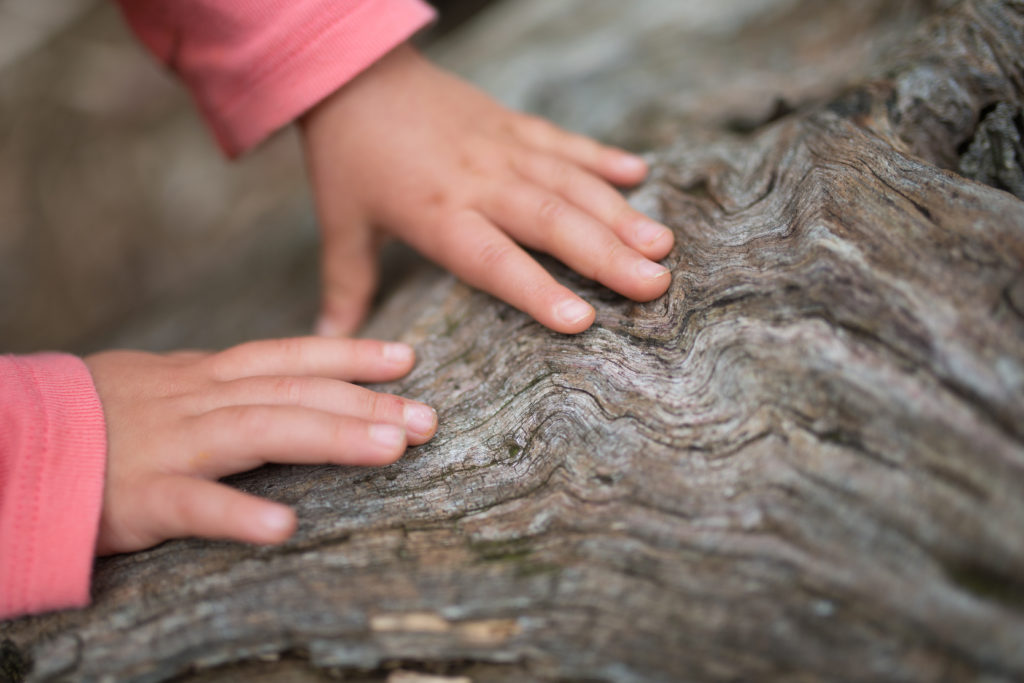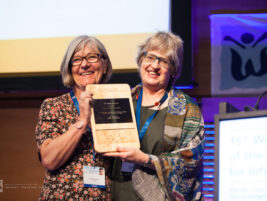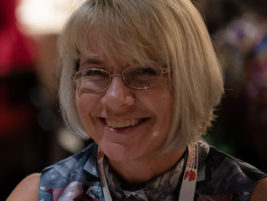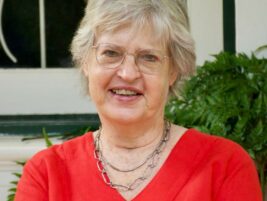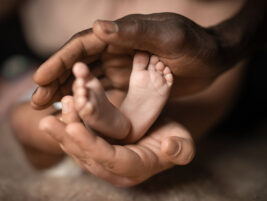Reflections
For nearly a generation significant portions of my professional and personal life have involved leadership positions for organizations devoted to enhancing the quality of life for very young children and their families. Executive positions with the Michigan Association for Infant Mental Health, the International Association for Infant Mental Health, and the World Association for Infant Mental Health lifted me from a relatively sedentary academic life, to a robust, challenging, tension filled and enormously rewarding world featuring diverse cultures, passionate colleagues, and the challenge of mission. In August, 2008, this 28 year cruise finally arrives at the shore and I disembark.
Transformations
In my work with communities throughout Michigan, we talk extensively about transformational change as the gold standard for changes in the community and the university as a result of university-in-community partnerships. Transformation means change, not just in the resolution of a community problem, or a parent-infant relationship, but in the individuals who are attempting to effect change as well. If interactions with others do not lead to transformations in self, other, and self-other relationships, then the players have only been passive observers, automatons, who were disengaged from the joy-despair continuum that defines the life course.
My inaugural meeting of the Michigan Association for Infant Mental Health Board of Directors in 1979, was a transformational event. It awakened a dormant interest in social justice, community change, and policy that I had put aside in graduate school, especially when I transferred from a doctoral program in child clinical psychology to one focused on experimental studies of early human development. That board meeting enabled me to define my niche within the world of 12 Selma Fraiberg trained infant mental health specialists who had established the first professional association exclusively focused on infancy and very early childhood, more as an effort to conduct a statewide training program than to actually organize a professional society (Fitzgerald, 1985). That niche lead to executive positions with Mi-AIMH, the International Association for Infant Mental Health, and for the past 16 years, with WAIMH.
Memories
Since the formation of WAIMH in 1992, WAIMH has had three major ways to communicate with its members about the world of infant mental health: face-to-face via World and Regional Congresses, electronically via web pages and emails, and by print via the Infant Mental Health Journal (IMHJ) and The Signal. Previously, I published analyses of the content of the IMHJ focusing on the topical content of the articles, the authors, and the subject populations being studied or involved in treatment programs (Fitzgerald & Barton, 2000). Publication of these content analyses was followed by a surge of submissions to the IMHJ that vastly expanded the diversity of authorship, cultures, and subject populations represented in the articles (Fitzgerald, 2006).
Attempting to write history always places one on a slippery slope, because so much of history is the writer’s social construction rather than hard fact. As I prepared to write this article it occurred to me that The Signal is the repository of many memories of my 16 exciting years as WAIMH’s executive director. I worked with three editors (Charles Zeanah, 1993-1999; Paul Barrows, 2000-2006; Miri Keren, 2007- ) from three cultures, and with four presidents (Joy Osofsky, 1992-1996; Yvon Gauthier, 1996-2000; Peter de Chateau, 2000-2004; Tuula Tamminen, 2004-2008) from four cultures. Each of these individuals had their own style and each left their footprint on WAIMH. Joy focused on organizational issues associated with the merger of the World Association of Infant Psychiatry and Allied Disciplines and the International Association for Infant Mental Health, building on the strengths of each organization to assure the merger’s success. My recollection, probably exaggerated with time, is that Joy and I were almost in daily contact about WAIMH business issues during her four-year term as president. Yvon and Peter focused on issues related to the social context of infants throughout the world and WAIMH’s responsibilities for advocacy and attention to public policy. Tuula has focused on deepening WAIMH’s attention to cultural diversity and to broadening the democratic structure and function of the association. Each has played a key role in guiding WAIMH from its organizational infancy to its adolescence.
Responsibility for moving WAIMH to its early adulthood falls on the shoulders’ of President Elect Antoine Guedeney, and Executive Director Elect, Pälvi Kaukonen.
The Signal authors reflect WAIMH’s diversity; authors of published articles reside in 18 countries (Austria, Argentina, Australia, Belgium, Brazil, Canada, Finland, France, Italy, Israel, Netherlands, Russia, South Africa, Switzerland, Sweden, Turkey, United States, United Kingdom) and represent all five of the Olympics-defined inhabited continents of the world.

Authors of the 100 articles appearing in The Signal include some of the world’s leading scholars in the interdisciplinary field of infant mental health (see Table 1). An admittedly arbitrary categorization of the contents indicate that most articles address issues related to parenting and infant care (see Table 2). In Memorium articles call to mind five colleagues who helped to craft the field through their national and international leadership, scholarly work, and clinical insights (Myriam David, Sonja Bemporad, Serge Lebovici, Jack Stack, Norma Ringler). At the other end of the emotional continnum, The Signal also publically celebrated the lifetime contributions of Robert N. Emde, the only individual to be awarded the title of Honorary President, WAIMH’s highest honor.
The history of a movement can be captured in many ways, through personal recollections and reflections, and by monitoring the printed works of professional publications such as the Infant Mental Health Journal, or by societal newsletters, such as The Signal. My 16 years with WAIMH have been extraordinary, not only because I’ve met nearly all of the individuals mentioned in this article, but because I have had the opportunity to work with people throughout the world who are deeply committed to humankind’s youngest children and their caregivers; who play as hard as they work; and who always find the way to bridge culture, discipline, and personal ambition for the good of infants, toddlers, and their families. One can only hope that one day politicians will also discover the importance of relationship-building for crafting peaceful solutions through compromise!

Farewells
So, 16 years draws to a close. These articles started as “From the Executive Office”, transformed to “From the Red Cedar” (the river that flows past my office in East Lansing, Michigan), then somehow became “By the Red Cedar”, and soon they will be written by Pälvi Kaukonen, perhaps while she sits “By the Tammerkoski” in Tampere. For me the river still runs through my campus and I will continue to ride its waves seeking ever more challenging destinations to engage in scholarly research for the public good. I hope to see many of you in Yokohama!!!
References
Fitzgerald, H. E. (1985). The Michigan Association for Infant Mental Health: historical context and contemporary status. Prevention in Human Services, 3, 35-44.
Fitzgerald, H. E. (2006). Cross cultural research during infancy: Methodological considerations. Infant Mental Health Journal, 27, 612-617.
Fitzgerald, H. E., & Barton, L. R. (2000). Infant mental health: origins and emergence of an interdisciplinary field. In J. D. Osofsky & H. E. Fitzgerald (eds). WAIMH Handbook of infant
Authors
Hiram E. Fitzgerald, Ph.D.
Executive Director, WAIMH
USA


